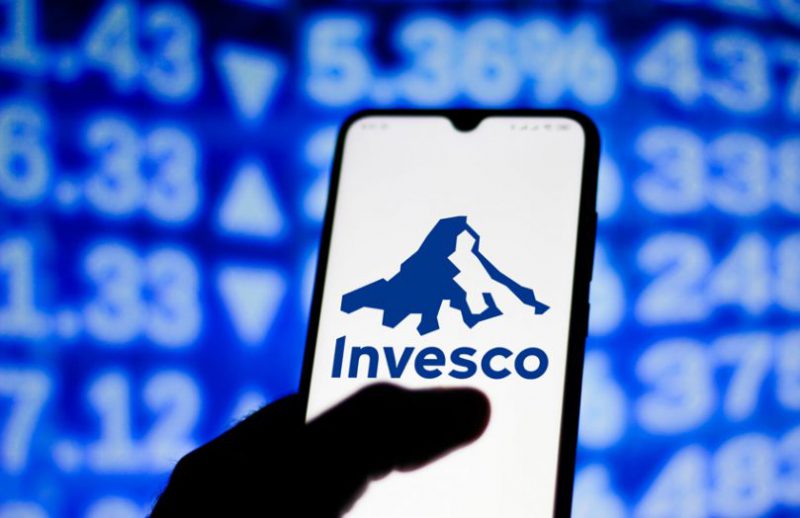Back in October, Invesco, through a spokesman, released the following statement just hours before their first-ever Bitcoin futures debut.
“We have determined not to pursue the launch of a bitcoin futures ETF in the immediate near-term; however, we will continue to work in partnership with Galaxy Digital to offer investors a full shelf of products with exposure to this transformative asset class, including pursuing a physically backed, digital asset ETF.”
Should it have been launched, it would have been the second such ETF to launch, giving it a huge advantage, considering that the earlier launch was just 24 hours earlier by ProShares Bitcoin Strategy ETF. A launch, so historic that almost $1 billion of BITO’s shares exchanged hands on that first day.
And this is what made Invesco’s pulling out seem very suspicious.
Invesco, one of the biggest ETF operators in the U.S., which dropped its plans for a highly competitive product without disclosing its reason, is now coming clean.
And the cat is now out of the bag.
The Invesco Reveal
The company, through its global head of ETFs and indexed strategies, Anna Paglia, did say that their main reason for pulling the brake was the regulatory constraints by the S.E.C. (Securities Exchange Commission)
Anna Paglia. Source; LinkedIn
The manager revealed that the commission would only permit Bitcoin ETFs with 100% exposure to Bitcoin futures.
“We thought that C.M.E. futures were going to be a very effective element of the portfolio. We never thought they would be effective when they would be 100% of the product,” said Anna Paglia.
This would have cost and investor suitability implications as the futures curve for bitcoin at the time was sloping upwards. This upward slope is Known as a contango.
While the ideal Invesco Bitcoin Strategy was to be a mix of futures, ETFs, physical Bitcoin, swaps, and private fund investing, a strategy that would help protect their investors in the event of a liquidity crunch.
Paglia said that at that moment, they did an investigation. And they realized that there were better ways of providing exposure instead of giving investors something not aligned to what they expected. Concerns around capacity and market liquidity in the futures market were also an issue.
Looking back, Paglia said that, following S.E.C. chair Gary Gensler’s hinting that he was comfortable with the idea of an ETF based on regulated bitcoin futures traded on the Chicago Mercantile Exchange. They filed for a futures-based ETF.
But some time after their application, they conducted a ‘deep dive’ to determine the product’s suitability to their investors. And they realized that they couldn’t proceed.
Paglia said they knew people would scratch their heads and ask questions, but they did what they had to do. She says that if she were in the same position all over again, she would do the same thing.
These remarks by Paglia are coming after Bitwise Asset Management also dropped its Bitcoin ETF application in early November. Despite the launch of Bitcoin futures ETFs.





